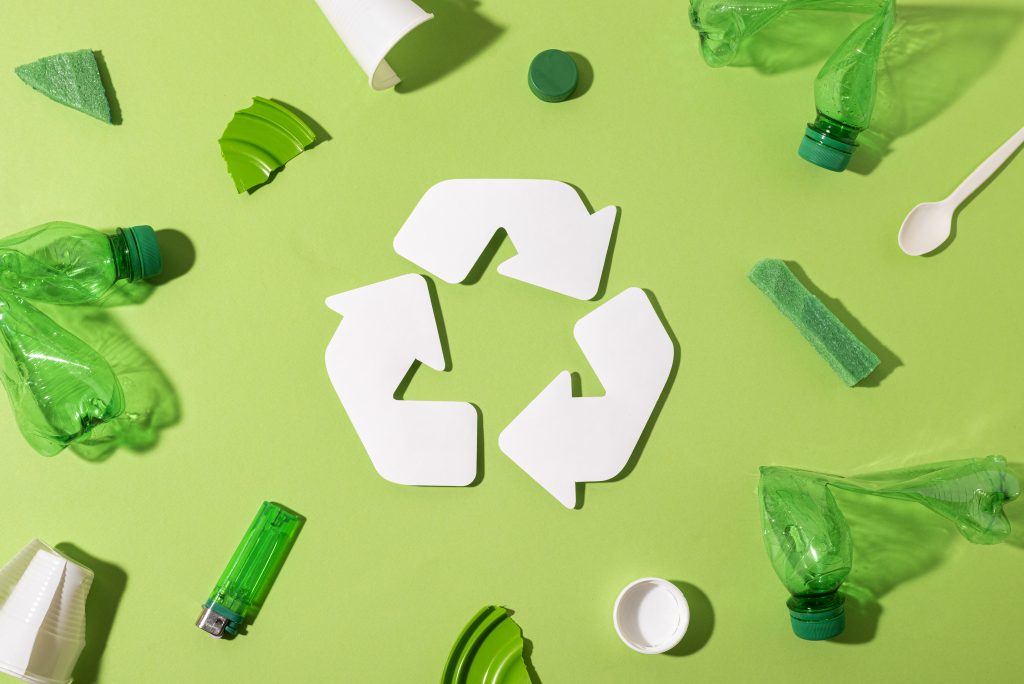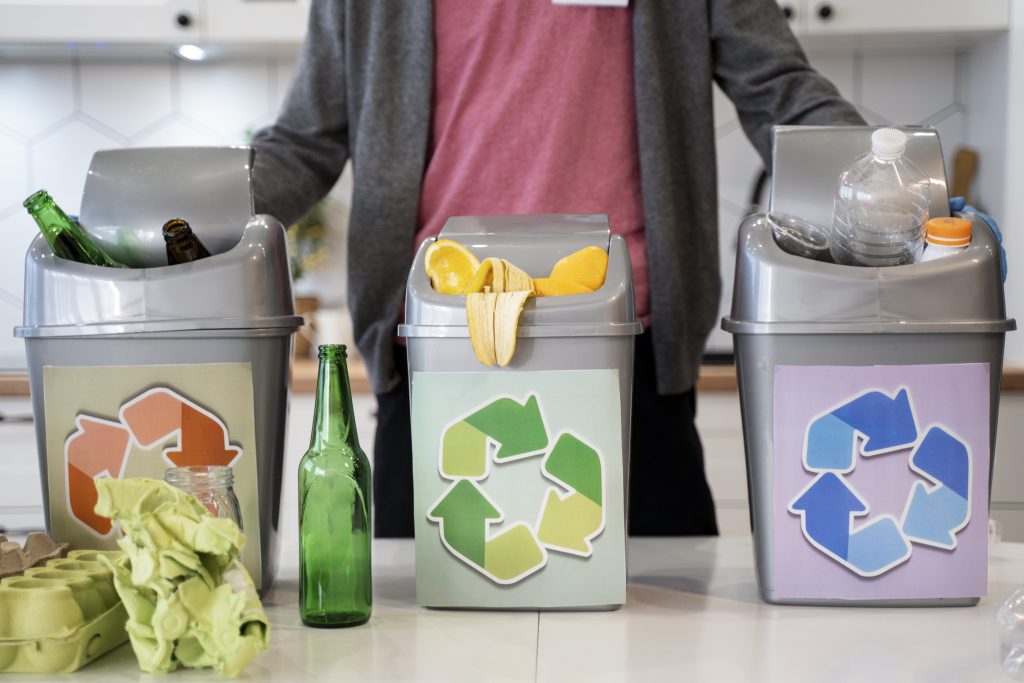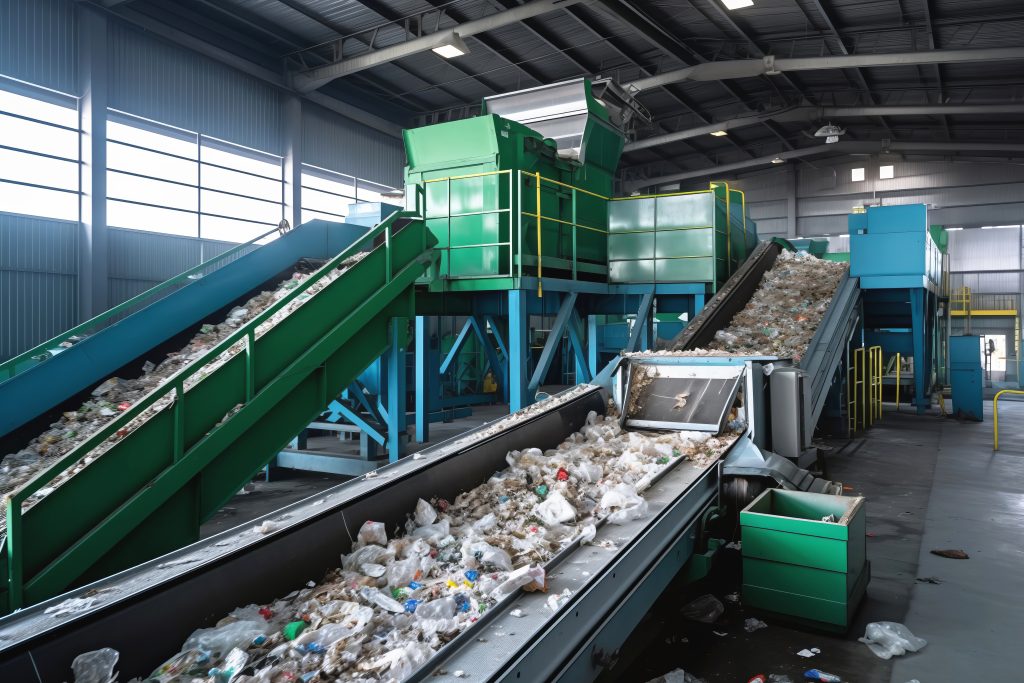In today’s modern world, rising consumption leads to a rapid increase in waste. At this point, recycling facilities play a critical role. Reprocessing waste forms the foundation of an eco-friendly lifestyle. Pioneering companies like Burkasan protect both nature and the economy with advanced recycling methods. In this article, we will examine in detail the operation of recycling facilities, their benefits, and pioneering practices in Turkey.

Table of Contents
- The Importance of Recycling Facilities
- How Do Recycling Facilities Work?
- Main Types of Recycling
- Advantages of Recycling Facilities
- Burkasan’s Role in Recycling
- Recycling for a Sustainable Future
- Frequently Asked Questions
- Conclusion
The Importance of Recycling Facilities
As natural resources are being depleted rapidly, recycling facilities increase resource efficiency. Instead of sending waste to landfills, recovery reduces environmental pollution. In this way, recycling facilities save energy and reduce the carbon footprint.
Recycling facilities also form the most critical link in urban waste management infrastructure. With growing populations, the capacity of landfills quickly becomes insufficient. At this point, recycling systems step in and make waste reusable. These systems make cities cleaner, more livable, and more sustainable.
Recycling facilities not only provide environmental benefits but also contribute to the economic cycle. Recovered raw materials reduce the need for imports, which is a serious advantage for national economies.
How Do Recycling Facilities Work?
A recycling facility collects and classifies waste. Facilities process plastics, metals, glass, and organic waste on separate lines. First, staff and machines sort the waste by type. Then, facility equipment applies crushing, shredding, and pressing processes. Finally, systems produce reusable raw materials.
In modern facilities, this process is largely automated. Sensors and AI-powered machines sort waste into the right categories. This increases speed and reduces error. Manual sorting is still required for some complex waste types, especially electronic waste, where expert staff are essential.
The recycling process generally involves the following steps:
- Collection and transportation of waste.
- Sorting and classification on dedicated lines.
- Crushing, shredding, melting, or pressing.
- Conversion into new raw materials.
- Integration into new production processes.
This systematic operation supports the circular economy without harming the environment, as each step recovers resources without leaving waste behind.
Main Types of Recycling
Recycling facilities handle different types of waste. Each type requires its own unique recycling process. Therefore, facilities use a wide variety of equipment and technologies.
- Plastic Recycling: Facilities melt plastic waste into granules. Manufacturers use these granules to produce new plastic products. PET bottles and packaging waste are the main sources for this process.
- Metal Recycling: Facilities recycle metals such as iron, steel, aluminum, and copper. Industries reuse these metals in production. Metal recycling is also one of the most effective methods for energy savings.
- Glass Recycling: Facilities break and melt glass waste to produce new glass products, with no loss of quality.
- Paper Recycling: Facilities separate used paper into fibers and reuse them in paper production. This method directly contributes to forest conservation.
- Organic Waste Recycling: Facilities process food waste for compost or biogas production. This provides both fertilizer and energy.
These methods recover millions of tons of waste that would otherwise pollute the environment, while significantly reducing water and energy consumption in production processes.

Advantages of Recycling Facilities
Recycling facilities provide economic, environmental, and social benefits:
- Conservation of Natural Resources: Recycling reduces the demand for new raw materials, helping to preserve forests and mines.
- Energy Savings: Recycling many materials consumes far less energy compared to producing them from scratch. For example, recycling aluminum saves 95% of the energy required for primary production.
- Job Creation: Recycling facilities generate both direct and indirect employment in collection, sorting, and processing stages.
- Reduced Pollution: Less waste ends up in landfills, reducing soil, air, and water pollution.
- Economic Contribution: Recovered raw materials are offered to industries at affordable prices, lowering production costs and increasing competitiveness.
In short, recycling facilities are not only an environmental investment but also an important element of economic development.
Burkasan’s Role in Recycling
For years, Burkasan has been a leader in waste management and recycling. With modern facilities, the company processes industrial waste without harming the environment. Through sustainability-focused projects, it benefits both industry and nature.
Burkasan operates in line with ISO quality standards, making it a trusted brand nationally and internationally. It also prepares tailored waste management plans for industrial companies, ensuring compliance with legal regulations.
The company’s investments increase Turkey’s recycling capacity. Advanced technologies in its facilities allow maximum efficiency in waste processing.
Recycling for a Sustainable Future
For a sustainable future, the number of recycling facilities must increase. With new technologies and smart waste management systems, the process will become more efficient. This is why both individuals and institutions must take responsibility.
Worldwide, awareness of recycling is growing. Strict waste management policies in the European Union also serve as a guide for Turkey. Adapting to these standards is critical for environmental and economic development.
In the future, artificial intelligence and robotic technologies are expected to be used more widely in recycling facilities. These developments will make waste management faster, safer, and more efficient.

Frequently Asked Questions
1. What types of waste do recycling facilities process?
Plastics, glass, metals, paper, and organic waste can be processed.
2. What is recycling’s contribution to the environment?
It conserves natural resources and reduces carbon emissions.
3. In which areas does Burkasan operate?
It provides industrial waste management, recycling, and disposal services.
4. What is the recycling rate in Turkey?
Although the rate has been rising, it remains below the European average, which makes further investment necessary.
5. How can recycling be made easier for individuals?
Source separation of waste at home makes the facility’s job much easier.
Conclusion
Recycling facilities are essential tools for eco-friendly living and sustainable development. With modern facilities and innovative practices, Burkasan plays a leading role in this field. Thanks to recycling facilities, both nature and the economy benefit.
Continue exploring our other articles to learn more about related topics.

